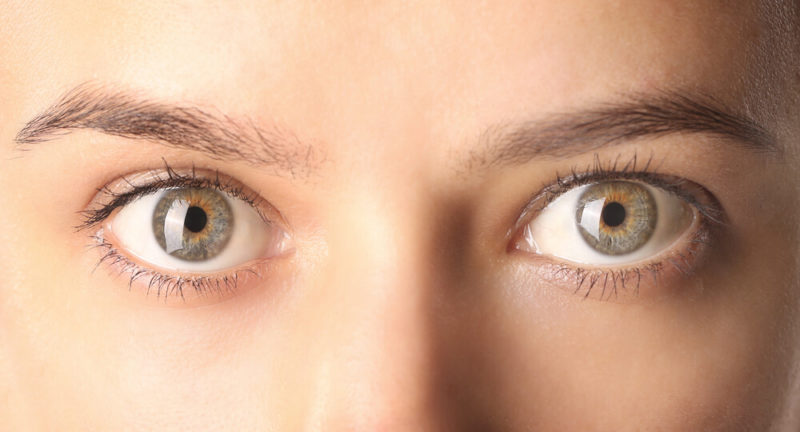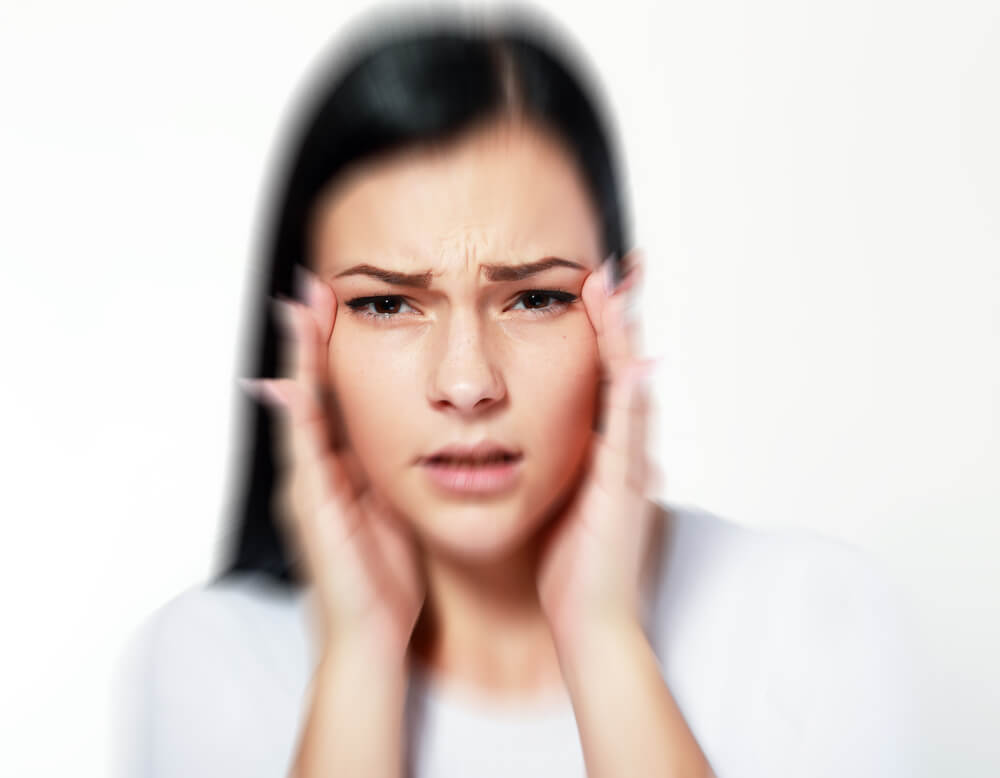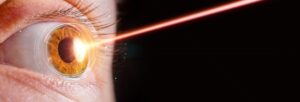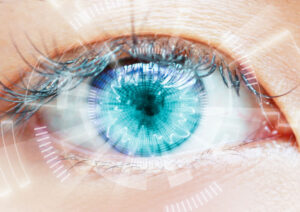
An eye stroke is a common occurrence for people of all ages. You may not realize that your ocular health requires as much attention, and care as other areas of your well-being. But it does! In fact, most people hurt their vision because they do not pay attention to the most common signs, and symptoms of retinal artery occlusion. If you are in a group of people with an increased risk for eye stroke it could damage your eye health, good eyesight, and even lead to a loss of your vision.
Ocular stroke can be serious however, there are a variety of ways to receive eye stroke treatment once you notice the first signs of an eye stroke (usually eye floaters). The first step is to quickly respond to the signs, and symptoms of an eye stroke, then you must call an eye specialist immediately. The type of treatment you need may not be the same as for others who suffer from retinal artery occlusion so, talking to a specialist is vital to avoid potential complications for stroke in the eyes.
What is An Eye Stroke?
An eye stroke most commonly occurs when the small capillaries within the eyes become weakened, and burst. Damaged capillaries in the eye can cause a range of visible symptoms associated with an eye stroke including bleeding in the eye, discoloration, as well as cloudiness, and even a loss of vision. Unlike a stroke that happens in the brain, the type of stroke that occurs in the eye is known as retinal artery occlusion. When blood vessels in the eye become blocked, or clot, they can cause a loss of circulation to the eye. The affected area can suffer from all types of damage ranging from mild to serious (eye stroke).
If left untreated, an eye stroke can become more threatening to your overall health, and good vision. In some cases, people who have suffered an eye stroke may also lose some eyesight or their vision.
What Are The Signs of An Eye Stroke?
You may not realize that you could be at risk for an eye stroke. Look for these three most common causes of an eye stroke, to prevent a retinal artery occlusion:
- Floaters
Eye floaters are spots on the eye that move through your field of vision. They can appear like a string, drifting spot, cobweb, or discoloration. They may also dart or move along with the movement of your eyes. If you notice these types of changes in your eyesight you should call an ophthalmologist. If your eye floaters suddenly appear or increase rapidly, you need to use natural remedies immediately. You may be able to reduce the appearance of eye floaters by performing gentle massage around the area at the temples, focusing on vision changes, performing eye exercises, getting plenty of sleep, using high-quality sunglasses, and maintaining a healthy eye diet.
You may be wondering, “Do eye floaters go away?” If you notice that one, or more areas include eye floaters, you need to contact an eye specialist. Eye floaters initially appear as a type of discoloration that “floats” around in your vision. When floaters happen, it is due to leakage from the tiny capillaries in your eyes, and other fluids that can clump, and clot in your eye.
- Pain
While many eye strokes occur without any forewarning, pain is one of the most common signs of retinal artery occlusion (eye stroke). Pressure or pain in your eye may be a signal that you are at risk from an eye stroke.
- Blurry Vision
Eye floaters cause blurred vision. While some people will see speckles, discolorations, lines, webbing, flashes, or other things floating in front of their vision, you may see something different. Regardless of what your eye floaters look like, blurry vision is a clear indication that you may be at risk for eye stroke. 
Am I At Risk For Eye Stroke?
Some people are more likely to suffer from an eye stroke than others. You may have an increased risk for eye stroke if you:
- Suffer from poor circulation
- Have high blood pressure
- Have high cholesterol
- Suffer from diabetes
- Are over the age of 55
- Have already suffered a cardiovascular event
- Perform strenuous activities
- Have circulation problems in your family history
- Smoke cigarettes
Eye Stroke Treatment
Depending on the stage of your eye stroke you could be a good candidate for these five treatments for retinal occlusion therapies.
- Prevention
The best way to keep your eyes healthy is to prevent an eye stroke before it starts. In order to do that you may want to do the following things to reduce your risk of developing eye floaters, and the occurrence of eye stroke.
- Monitor diabetes with blood glucose testing that helps to ensure you are always within the optimal range.
- Treat glaucoma with medicines prescribed by your doctor to reduce pressure in your eyes that may lead to stroke.
- Monitor blood pressure to reduce your risk of eye stroke. Small lifestyle changes including medications, exercise, and regular checkups can help.
- Balance your cholesterol by choosing heart healthy foods, performing regular exercise, and using medication to control it.
- Quit smoking cigarettes if you want to reduce your risk of all types of stroke, including retinal artery occlusion.
- Immediate Ocular Therapy
There are numerous types of medical treatments for eye floaters which include laser therapy, and surgery also known as vitrectomy. However, the majority of people who suffer from eye floaters do not require treatment. When floaters in the eye occur suddenly you need to start immediate therapy regardless of how severe the floaters are. Any damage to your eye retina can cause blindness if left untreated so it is essential to seek immediate therapy for eye floaters.
- Rehabilitation
The healing process from eye stroke can include everything from rehabilitation to eye exercises. Slow blinking, rhythmic rotations, and near/far focusing your eyes are all techniques that may improve your eyesight, vision, and overall eye health after an eye stroke.
- Medication
There are many types of therapies for eye stroke that may include medications decided to manage blood flow, circulation, and pressure in the capillaries. Talk to your eye doctor about the right eye stroke medications for you. An oncologist can prescribe eye stroke drugs to improve blood pressure and reduce inflammation.
- Surgery
Much like with a stroke in the brain, an eye stroke is caused by a loss of blood flow. The loss of proper circulation in the eyes may also lead to eye floaters, blood clotting, and thus you may need surgery. Also known as a vitrectomy, eye stroke surgery can be used to correct eye floaters, by removing vitreous from the eyes.
People with an eye stroke may experience pain, swelling, and clotting in the delicate veins, and arteries of the eye. If left untreated, an eye stroke can cause a loss of vision which is why it is so important to call the offices of Diamond Vision immediately after an eye stroke. If you notice any of the most common warning signs of eye stroke, do not wait to call, and talk to an eye specialist.
Contact our Manhattan Eye Surgery Center for any queries.
Contact Us
If you have more questions about LASIK procedures, get in touch with us.
Related Blogs

Who Should Not Have Laser Eye Surgery
Laser eye surgery, commonly known as LASIK (Laser-Assisted In Situ Keratomileusis), has revolutionized the world of vision correction. It’s a procedure that has enabled millions

LASIK eye surgery: What is LASIK and how does it work?
What Is LASIK? Experts categorize LASIK as a refractive eye surgery in which lasers are used to correct vision problems. LASIK corrects several refractive errors,

Everything You Need To Know About The Lipiflow Treatment
LipiFlow is often referred to as a ground-breaking technology that is able to treat dry eye issues caused by meibomian gland dysfunction, or MGD. Experts
